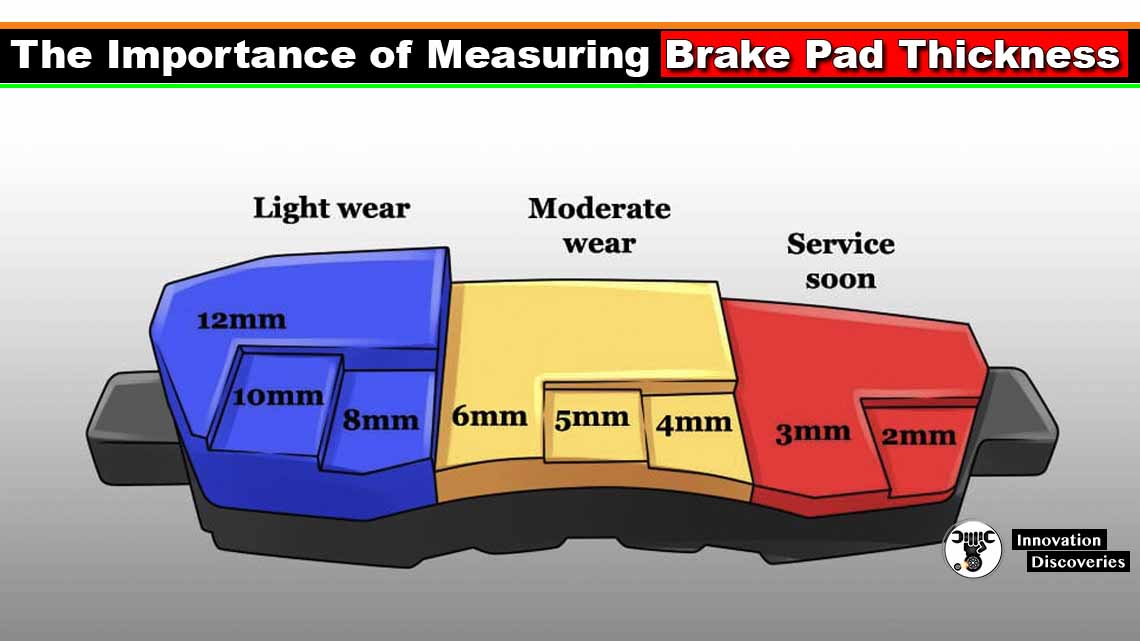
Introduction
When it comes to vehicle safety, the braking system stands out as one of the most critical components. Among the various parts of this system, brake pads play a pivotal role in ensuring that a vehicle can stop efficiently and safely.
However, the effectiveness of brake pads and the overall braking system relies on the condition and functionality of several other components.
In this article, we will explore the importance of measuring brake pad thickness, delve into other essential braking components, and discuss the implications of maintaining these parts to ensure optimal braking performance.
The Importance of Measuring Brake Pad Thickness
1. Ensures Safety
The primary reason for measuring brake pad thickness is to ensure the safety of the vehicle’s occupants. Brake pads are responsible for creating the friction needed to slow down and stop the vehicle. Over time, brake pads wear down, reducing their effectiveness.
Thin brake pads can lead to decreased braking performance, increased stopping distances, and potentially catastrophic brake failure.
2. Prevents Damage to Other Components
Worn brake pads can cause damage to other components of the braking system. When brake pads wear down too much, the metal backing plate can come into contact with the brake rotor.
This metal-on-metal contact can damage the rotor, leading to expensive repairs. Regularly measuring brake pad thickness helps to prevent this type of damage by ensuring that brake pads are replaced before they wear out completely.
3. Maintains Optimal Performance
Brake pads that are in good condition help maintain the overall performance of the braking system. Thin brake pads can cause the brakes to feel spongy or less responsive.
This can affect the driver’s ability to control the vehicle, especially in emergency situations. By keeping an eye on brake pad thickness, drivers can ensure that their brakes are performing at their best.
4. Compliance with Regulations
In many regions, there are legal requirements for the minimum thickness of brake pads. Driving with brake pads that are below this minimum thickness can result in fines and penalties.
Regularly measuring brake pad thickness helps drivers stay compliant with these regulations, avoiding legal issues and ensuring the vehicle is roadworthy.
5. Extends the Life of the Braking System
Regularly measuring and maintaining brake pad thickness can help extend the overall life of the braking system. When brake pads are kept in good condition, they help protect other components, such as the rotors and calipers, from excessive wear and damage.
This can reduce the need for costly repairs and replacements, saving money in the long run.
6. Early Detection of Issues
Measuring brake pad thickness can also help detect other potential issues with the braking system. For example, uneven wear on the brake pads can indicate problems with the calipers or suspension components. By catching these issues early, drivers can address them before they lead to more serious problems.
How to Measure Brake Pad Thickness
Measuring brake pad thickness is a relatively simple task that can be performed by a mechanic or a knowledgeable car owner. Here’s a basic guide on how to do it:
- Remove the Wheel: Start by safely lifting the vehicle and removing the wheel to access the brake pads.
- Inspect the Brake Pads: Visually inspect the brake pads through the caliper. Look for uneven wear and any signs of damage.
- Measure the Thickness: Use a brake pad gauge or a micrometer to measure the thickness of the brake pad. Compare this measurement to the manufacturer’s recommended minimum thickness.
- Reassemble: If the brake pads are within the acceptable range, reassemble the wheel. If they are below the minimum thickness, replace the brake pads.
Implications of Measuring Brake Pad Thickness
Regularly measuring brake pad thickness has significant implications for vehicle safety, performance, maintenance costs, and overall reliability. Here’s a detailed look at these implications:
1. Enhanced Vehicle Safety
Implication: Regularly measuring brake pad thickness directly impacts the safety of the vehicle.
Explanation: Thin or worn-out brake pads reduce the effectiveness of the braking system, leading to longer stopping distances and increased risk of accidents. Ensuring that brake pads are within the recommended thickness ensures optimal braking performance, which is crucial for the safety of the driver, passengers, and other road users.
2. Cost Savings on Repairs
Implication: Early detection and replacement of worn brake pads can prevent costly repairs.
Explanation: When brake pads are worn down beyond their useful life, they can damage the rotors and other components of the braking system. This can lead to expensive repairs. By measuring brake pad thickness and replacing pads before they are too worn, drivers can avoid these additional repair costs.
3. Improved Braking Performance
Implication: Well-maintained brake pads ensure consistent and reliable braking performance.
Explanation: Brake pads that are too thin can cause the brakes to feel less responsive or spongy. This can affect the driver’s ability to control the vehicle, especially in emergency situations. Regular measurement and maintenance of brake pads ensure that the brakes perform reliably and temperatures and pressure.
4. Brake Booster
Role: The brake booster, often vacuum-assisted, amplifies the force applied to the brake pedal, making it easier to engage the brakes.
Importance:
- Reduced Pedal Effort: It reduces the amount of force the driver needs to apply to the brake pedal, enhancing comfort and control.
- Consistent Braking: Ensures that braking force is consistent and effective, especially in emergency situations.
Implications of Maintaining Other Braking Components
1. Ensures Comprehensive Vehicle Safety
Implication: Proper maintenance of all braking components ensures overall vehicle safety.
Explanation: While brake pads are crucial, the entire braking system must function correctly to guarantee safety. Worn-out or malfunctioning components like brake rotors, calipers, or brake lines can compromise the effectiveness of the brakes, leading to unsafe driving conditions.
2. Prevents System-Wide Failures
Implication: Regular inspection and maintenance of braking components prevent system-wide failures.
Explanation: Each component of the braking system is interconnected. A failure in one part, such as a leak in the brake lines or a malfunctioning master cylinder, can lead to a complete brake system failure. Regular maintenance helps detect and address issues before they escalate.
3. Enhances Braking Efficiency
Implication: Well-maintained components ensure the braking system operates at peak efficiency.
Explanation: Components like brake rotors and calipers need to be in good condition to ensure that the brake pads can generate the necessary friction to stop the vehicle. If these components are worn or damaged, the braking efficiency is compromised, leading to longer stopping distances and reduced control.
4. Reduces Long-Term Maintenance Costs
Implication: Preventive maintenance reduces long-term repair costs.
Explanation: Regularly checking and maintaining all braking components helps identify potential problems early, preventing costly repairs. For example, replacing worn brake pads before they damage the rotors is more cost-effective than replacing both the pads and the rotors.
5. Ensures Consistent Braking Performance
Implication: Maintenance of all components ensures consistent and predictable braking performance.
Explanation: Consistent performance is crucial for safe driving. Issues with any part of the braking system can lead to unpredictable behavior, such as pulling to one side or brake fade. Regular maintenance ensures that the system performs reliably in all driving conditions.
6. Improves Driving Confidence
Implication: A well-maintained braking system enhances the driver’s confidence.
Explanation: Knowing that the braking system is in optimal condition gives drivers peace of mind, allowing them to focus on the road without worrying about brake failure. This confidence contributes to safer and more relaxed driving.
7. Legal and Regulatory Compliance
Implication: Proper maintenance ensures compliance with safety regulations.
Explanation: Many regions have strict regulations regarding vehicle safety, including the condition of the braking system. Regular maintenance helps ensure that the vehicle complies with these regulations, avoiding legal penalties and ensuring the vehicle passes safety inspections.
8. Prolongs Vehicle Lifespan
Implication: Maintaining the braking system contributes to the overall longevity of the vehicle.
Explanation: A properly maintained braking system reduces wear and tear on other vehicle components. For example, effective braking reduces the stress on the suspension and tires, contributing to the vehicle’s overall longevity and performance.
Conclusion
Understanding and maintaining the various components of the braking system is essential for vehicle safety, performance, and reliability. Measuring brake pad thickness is a crucial aspect of this maintenance, directly impacting safety and preventing costly repairs.
Additionally, other components such as rotors, calipers, brake fluid, and brake lines play significant roles in ensuring effective braking.
Regular inspection and maintenance of all these components ensure that the braking system operates optimally, providing a safe and smooth driving experience.
By prioritizing these aspects of vehicle maintenance, drivers can enjoy safer journeys, avoid costly repairs, and ensure compliance with legal requirements.
Properly functioning brakes are essential for vehicle safety, and paying attention to all these components will ensure the braking system operates at its best.
Discover More:
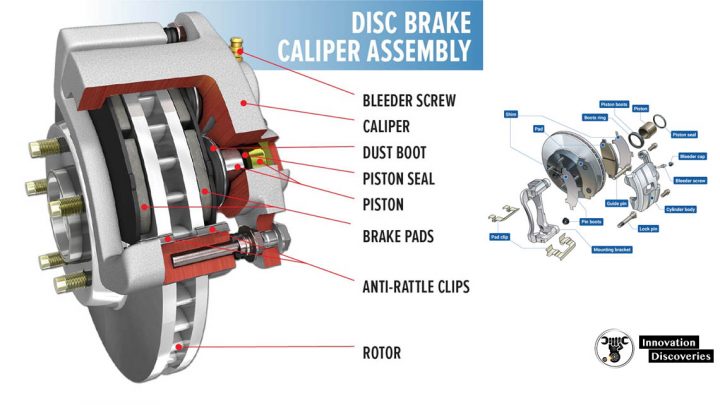
More About Braking Systems
- Top 5 Causes of Steering Wheel Shakes at Low and High Speeds
- HOW HYDRAULIC BRAKE WORKS?
- AIR BRAKE SYSTEM: COMPONENTS, WORKING PRINCIPLE, AND APPLICATIONS
- HOW DOES REGENERATIVE BRAKING WORK?
- 8 REASONS YOUR CAR IS MAKING GRINDING NOISE WHEN BRAKING
- Regenerative Braking System
- JAKE BRAKE VS. EXHAUST BRAKE: WHICH IS BETTER?
- SQUEALING BRAKES AT LOW SPEED: CAUSES AND SOLUTIONS
- TROUBLESHOOTING A HARD BRAKE PEDAL
- CONVERT DRUM BRAKES TO DISC BRAKES IN 3 STEPS!
- CAUSES OF THE BRAKE WARNING LIGHT COMING ON
Visit Forum
Visit Our Friendly Website


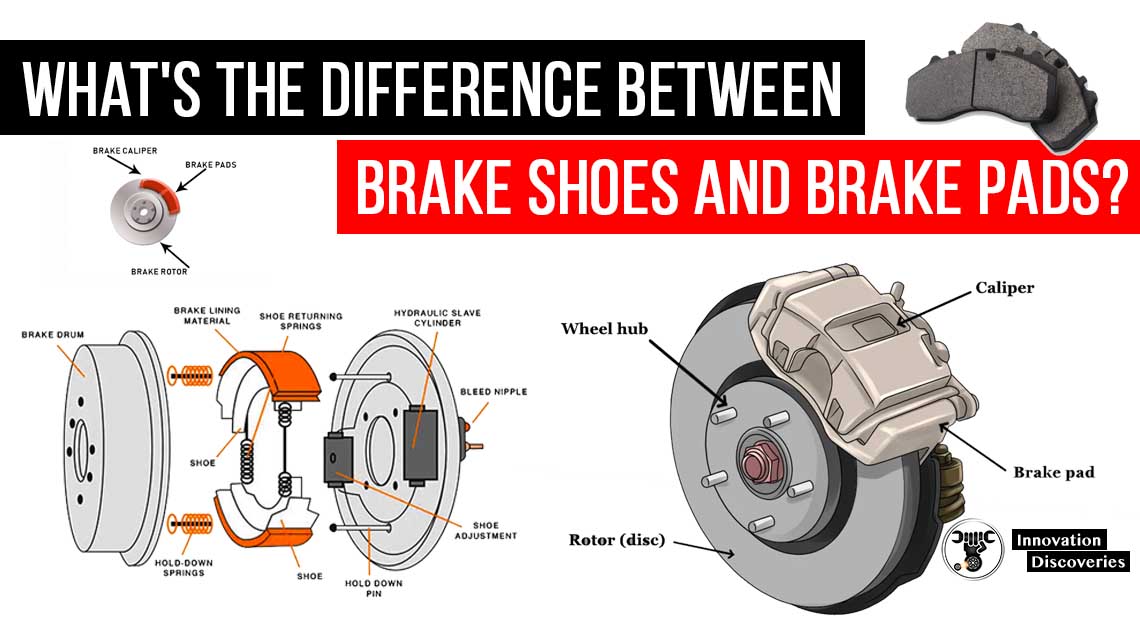
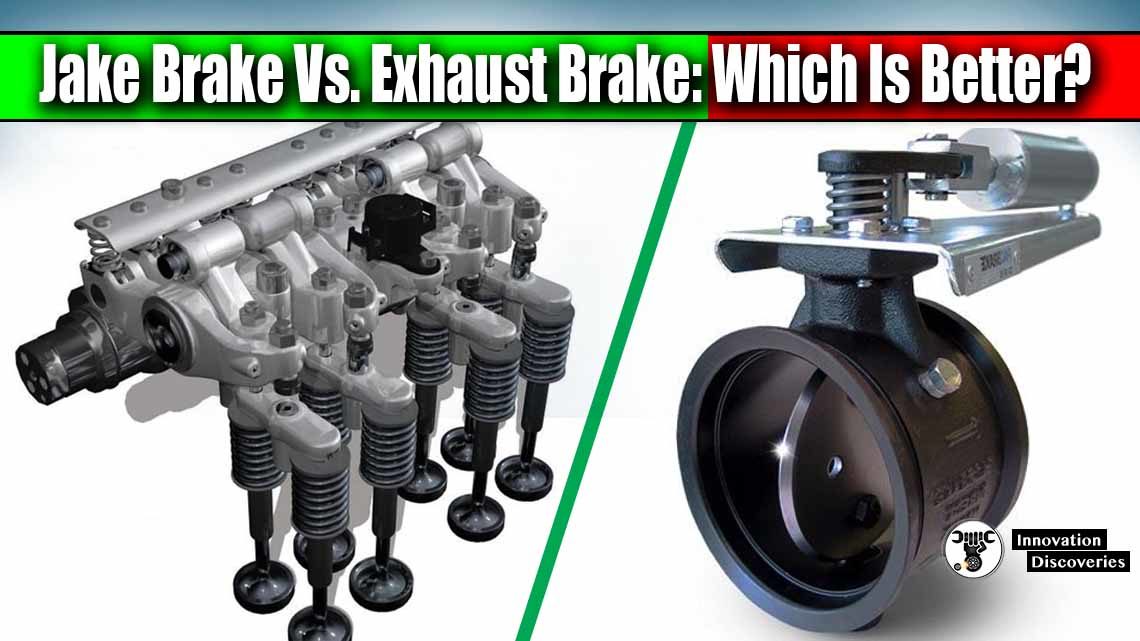

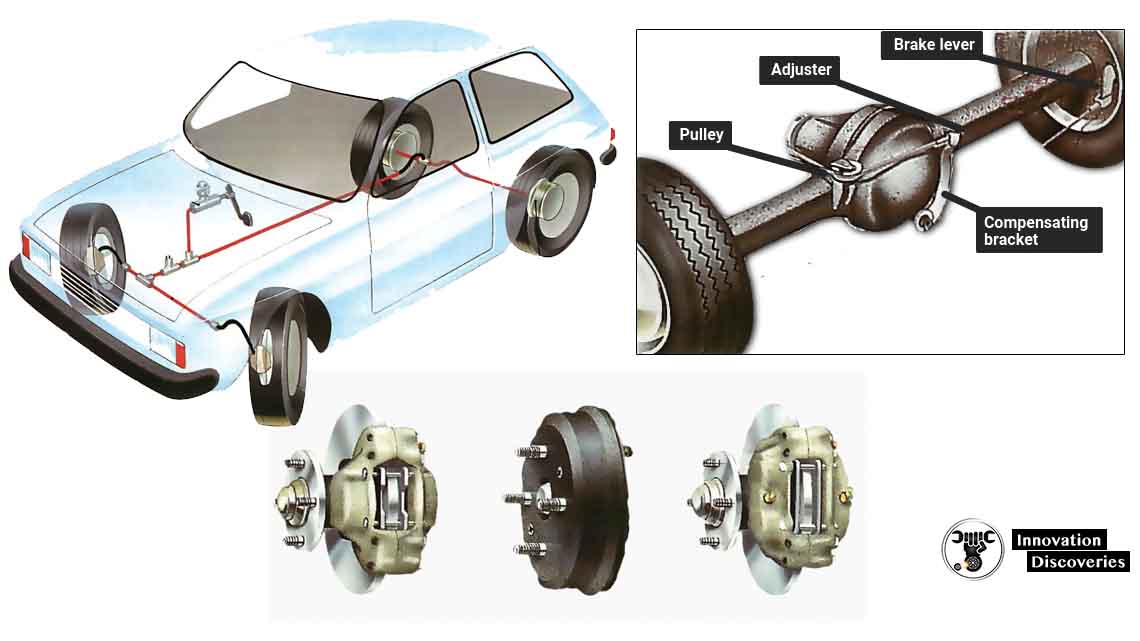
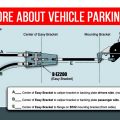
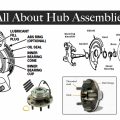

5 Comments